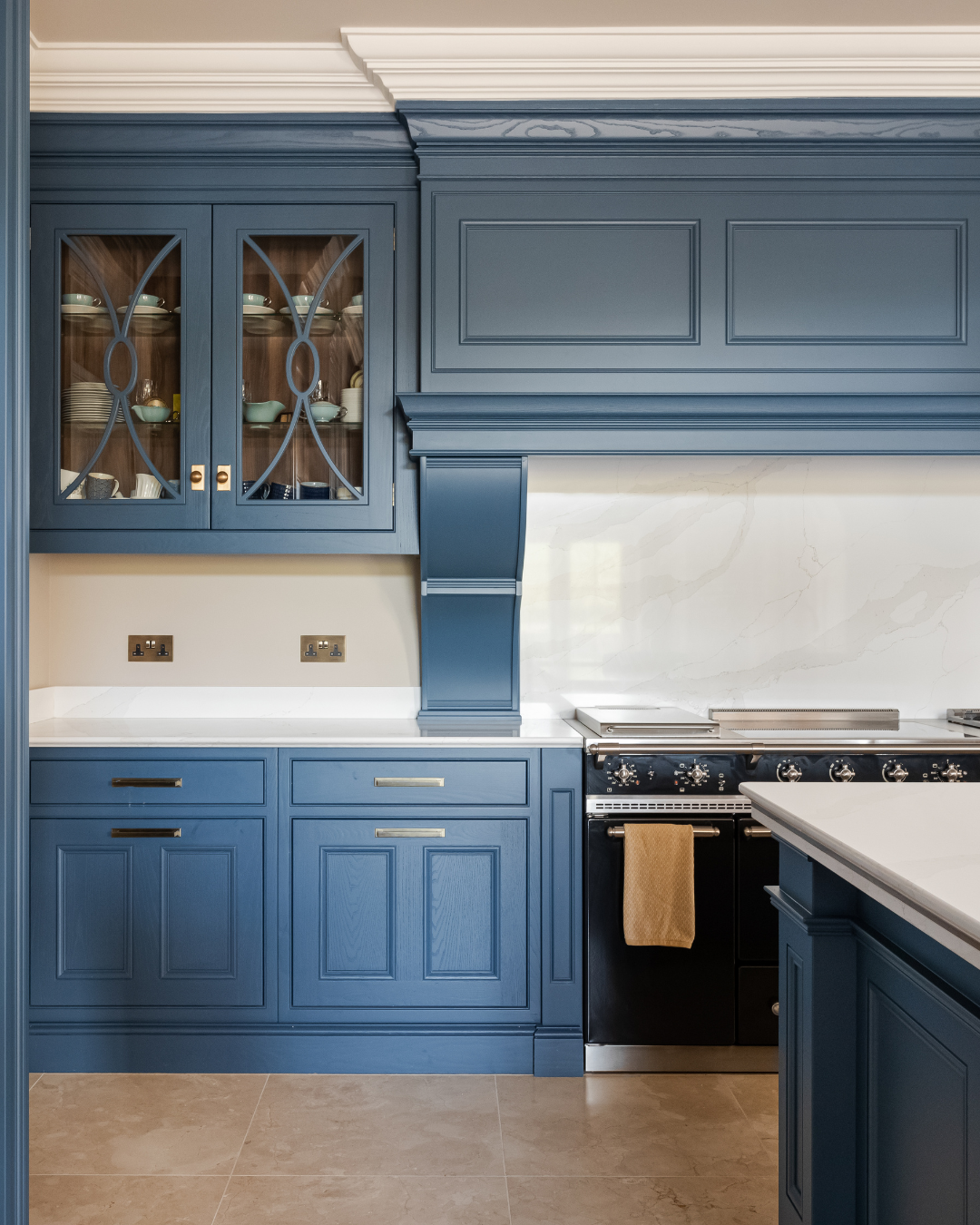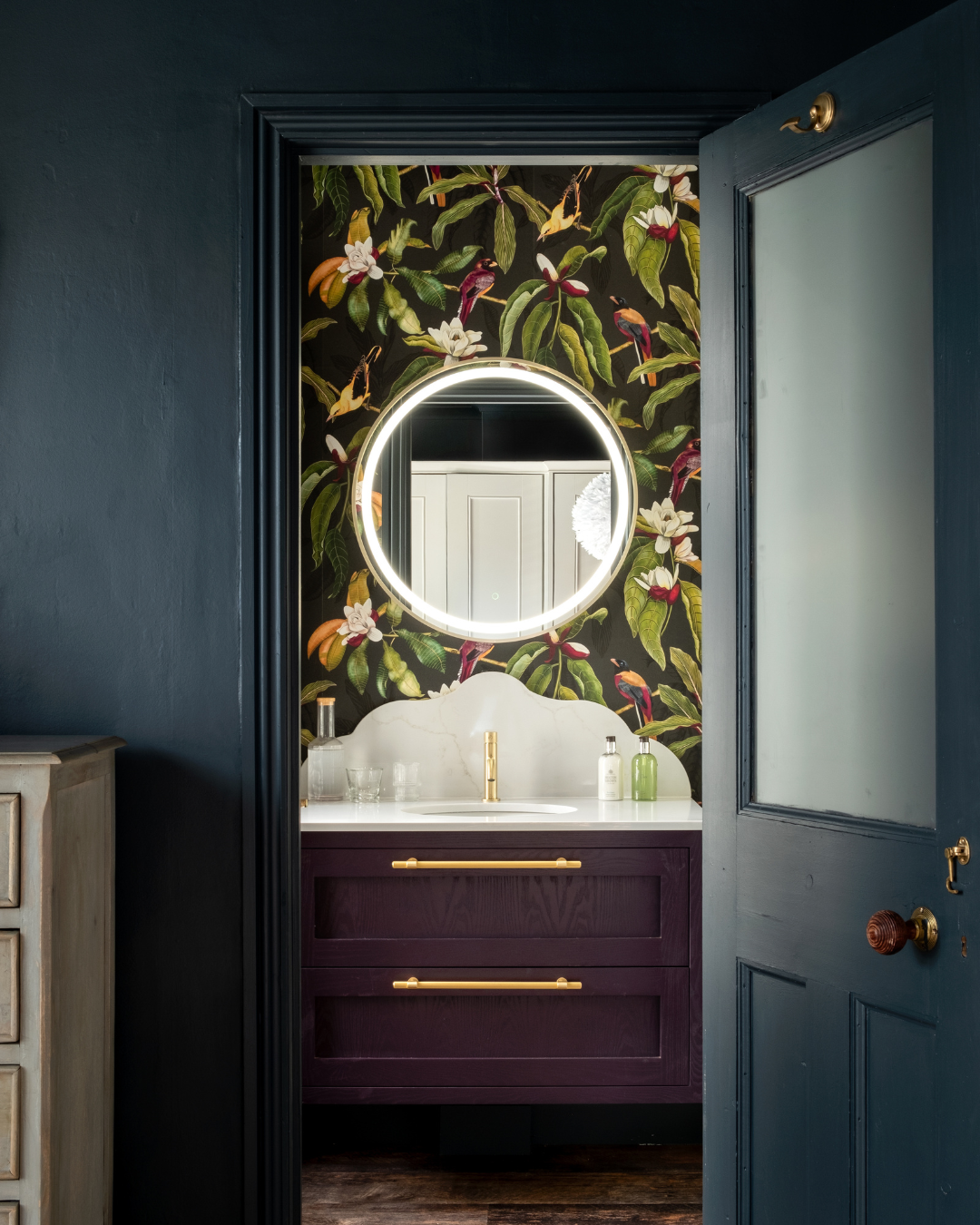EXPLORING THE HISTORY OF TRADITIONAL INTERIORS WITH H&H
Traditional interior styling has a rich history spanning centuries. Various cultural, architectural, and design movements have influenced the evolution of traditional style.
The roots of traditional interior styling can be traced back to the grandeur of European palaces during the 17th and 18th centuries. Influenced by the Baroque style, these interiors boasted ornate decorations, lavish furnishings, and sumptuous materials like giltwood and velvet. It was an era of opulence, reflecting the aristocracy's wealth and status.

As the centuries evolved so did the evolution of traditional interior styling. The Neoclassical movement, inspired by the architecture of ancient Greece and Rome embraced simplicity, symmetry, and proportion. Design elements such as fluted columns, pediments, and motifs from antiquity became popular.
The ascension of Queen Victoria gave rise to Victorian interiors that were characterised by a mix of historic revival styles, including Gothic Revival and Renaissance Revival. Victorian interiors were ornate and eclectic, featuring elaborate wallpapers, dark wood furniture, and an array of decorative objects. It was an era of lavishness and excess, reflecting the opulence of the time.
In the late 19th-Early 20th Centuries, in response to the industrialisation of the Victorian era, the Arts & Crafts Movement emerged as a celebration of craftsmanship and simplicity in design. Interiors were characterised by handcrafted furniture, natural materials, and a focus on the beauty of simple forms.

The Colonial Revival style emerged in the late 19th century as a nostalgic homage to America's colonial past. Interiors featured elements such as wooden panelling, brick fireplaces, Windsor chairs, and traditional craftsmanship, reflecting a sense of heritage and patriotism.
Throughout the 20th century and into the present day, traditional interior styling has experienced various revivals and reinterpretations. From the elegant sophistication of Georgian and Federal styles to the cozy charm of English Cottage and French Country interiors, traditional design continues to evolve while remaining rooted in timeless principles of elegance, comfort, and craftsmanship.
If you are inspired to embrace traditional interior styling in your home, consider incorporating deep colour schemes, opulent textures, and symmetrical arrangements to capture its rich historical essence. To finish your traditional cabinetry, our traditional collections embody these distinctive characteristics that pay homage to the history and evolution of traditional design. Check out our how to guide for expert tips on creating a traditional interior that's both timeless and elegant.